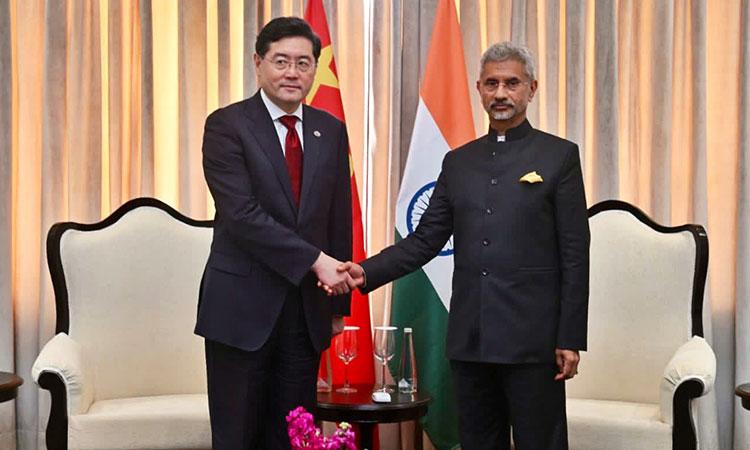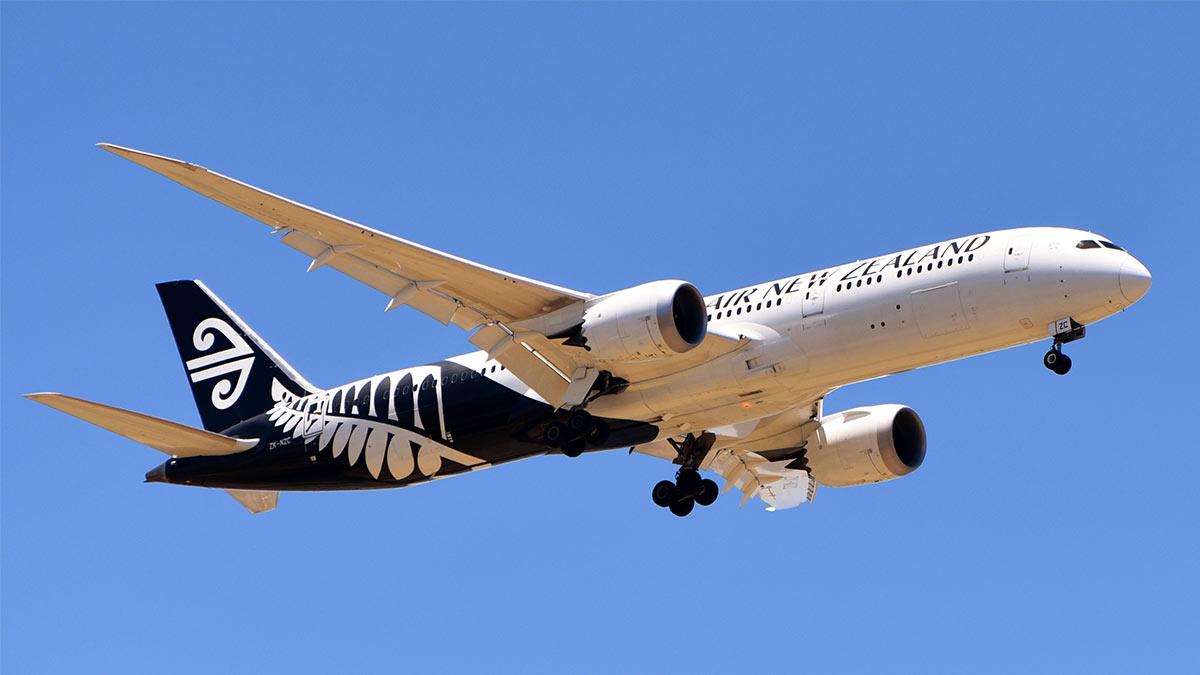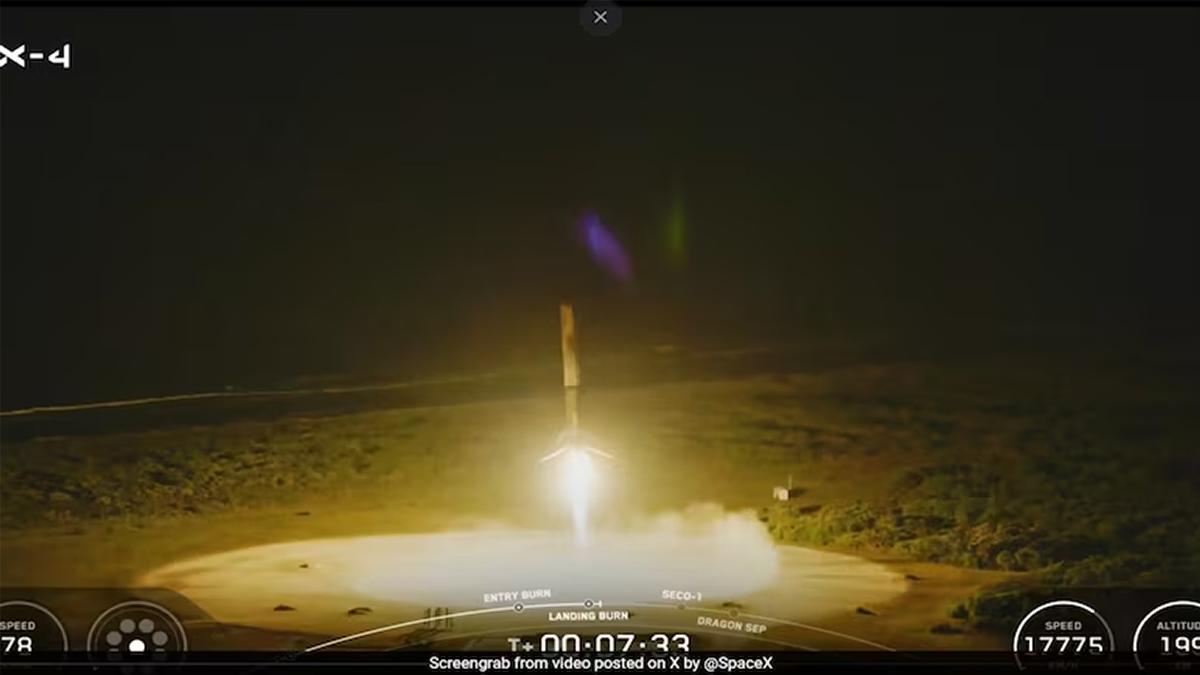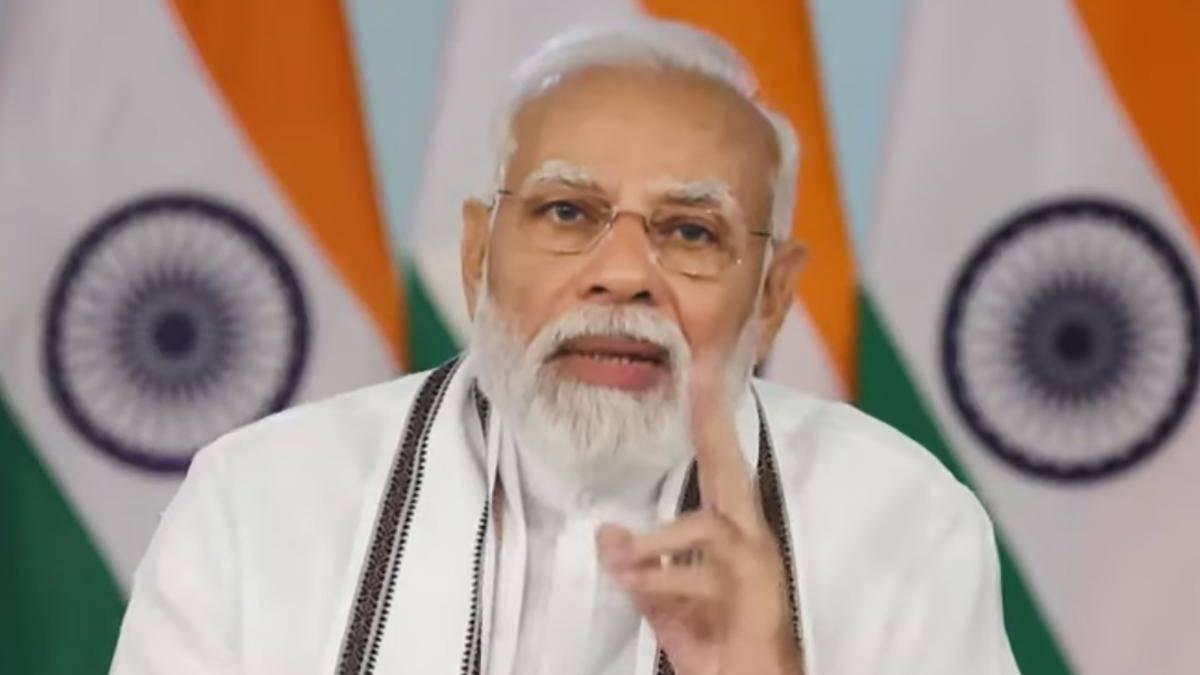External Affairs Minister S Jaishankar held talks with his Chinese counterpart, Qin Gang, on Thursday to address the current challenges to the bilateral ties, particularly the issue of peace and tranquillity in the border areas. The discussions took place during the G20 foreign ministers’ meeting in Delhi, marking the first meeting between the two officials since Qin became the Chinese foreign minister in December.
Jaishankar emphasised on Twitter that the talks focused on addressing the current challenges to the bilateral relationship, especially peace and tranquillity in the border areas. He also mentioned that they discussed the G20 agenda.
"Met Chinese Foreign Minister Qin Gang on sidelines of #G20FMM this afternoon. Our discussions were focused on addressing current challenges to the bilateral relationship, especially peace and tranquillity in the border areas. We also spoke about the G20 agenda," he tweeted
India has maintained that it cannot have normal ties with China unless there is peace in the border areas. The discussions between Jaishankar and Qin took place nearly eight months after Jaishankar met with then Chinese foreign minister Wang Yi in Bali on the sidelines of a G20 meeting. During that meeting, Jaishankar conveyed the need for early resolution of all outstanding issues in eastern Ladakh and emphasised the importance of the relationship being based on “three mutuals”: mutual respect, mutual sensitivity, and mutual interests.
In September last year, in line with a decision taken at the 16th round of military talks, India and China carried out disengagement from Patrolling Point 15 in the Gogra-Hotsprings area. However, the face-off between the two sides lingered on in Demchok and Depsang regions, and the Indian side pressed for completion of the disengagement in remaining friction points as soon as possible.
On February 22, India and China held in-person diplomatic talks in Beijing and discussed proposals for disengagement in the remaining friction points along the Line of Actual Control (LAC) in eastern Ladakh in an “open and constructive manner”. The meeting took place under the framework of Working Mechanism for Consultation and Coordination on India-China Border Affairs (WMCC).
The eastern Ladakh border standoff began on May 5, 2020, following a violent clash in the Pangong lake area. The ties between the two countries deteriorated significantly after the fierce clash in the Galwan Valley in June 2020, marking the most serious military conflict between the two sides in decades.
As a result of a series of military and diplomatic talks, the two sides completed the disengagement process in 2021 on the north and south banks of the Pangong lake and in the Gogra area.


















